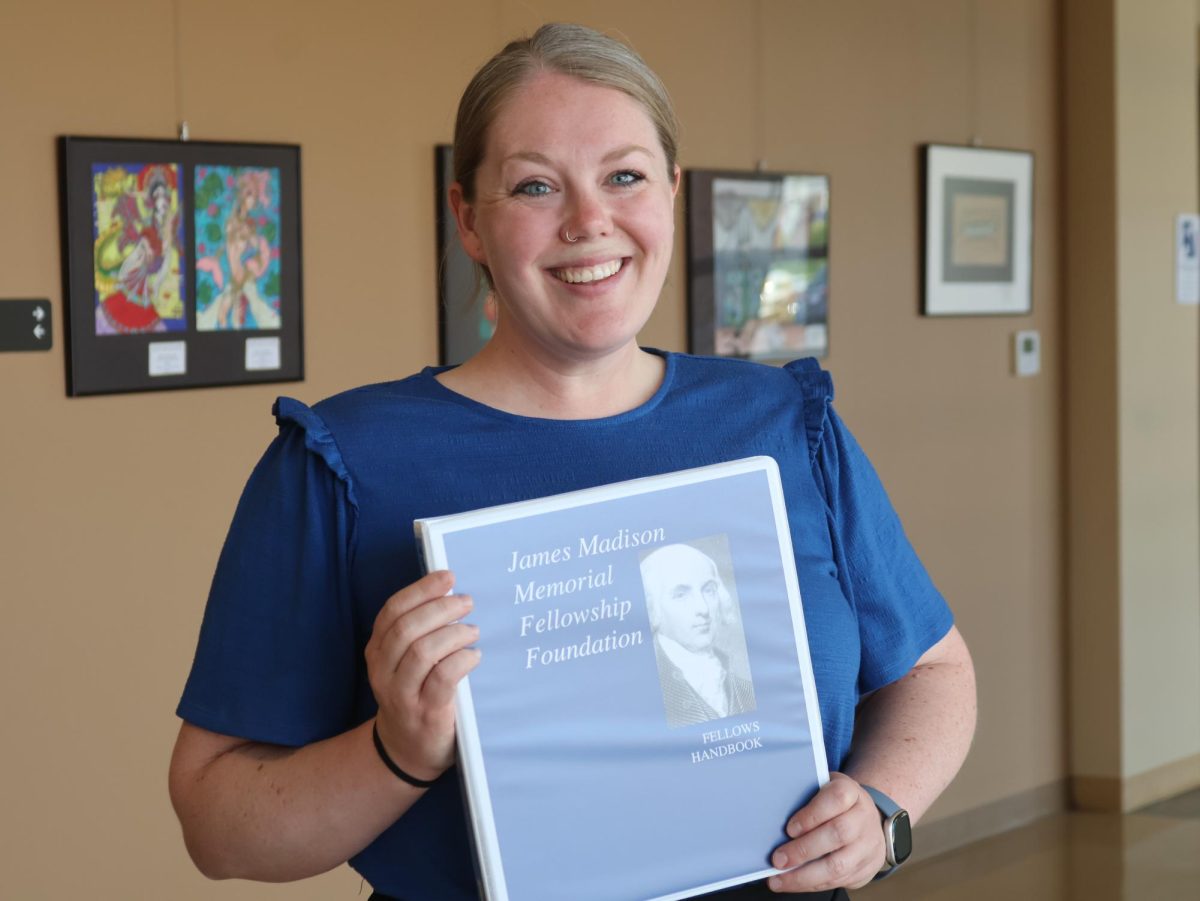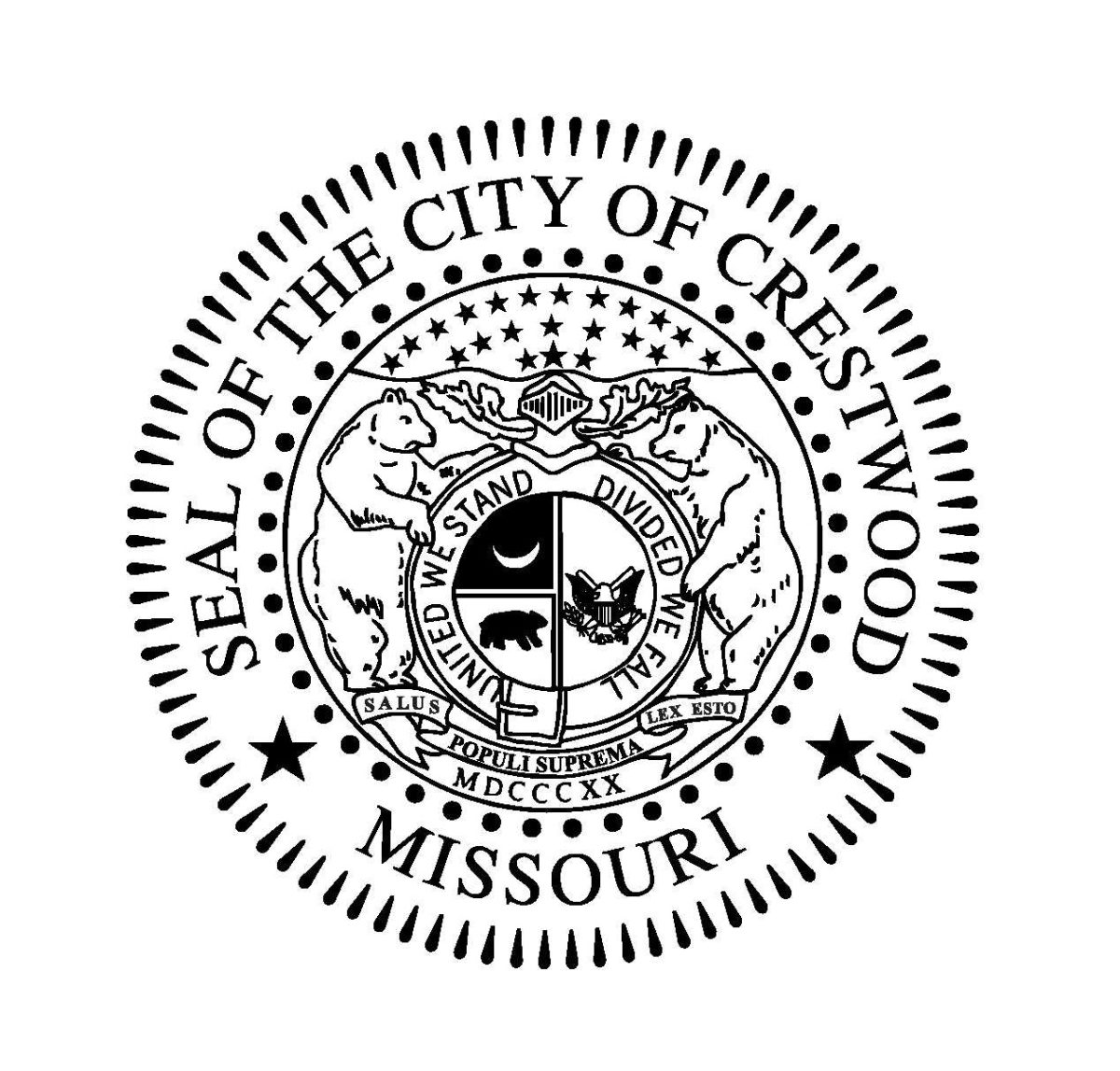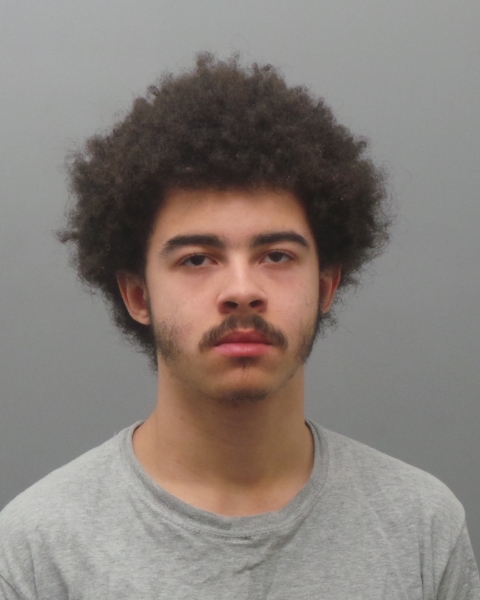It seemed there was nothing going on in St. Louis County government last week other than investigating and responding to the Aug. 9 killing of an unarmed black teenager by a white Ferguson police officer, a case that has been the top national news story for the past week.
A prosecutor in St. Louis County Prosecutor Robert McCulloch’s office began presenting evidence to a grand jury Wednesday to determine whether Ferguson Police Department Officer Darren Wilson should face any criminal charges for killing Michael Brown, 18, who was black. Wilson, 28, who is white, lives in Crestwood, but left the area for his safety days before Ferguson Police Chief Tom Jackson released his name last Friday.
Although eyewitnesses have said that Brown was shot while his arms were up or while he was running away from Wilson, the official police account given by St. Louis County Police Chief Jon Belmar maintains that Brown and Wilson got into a struggle inside Wilson’s police car, which injured Wilson and led to a shot going off inside the car, before more shots were fired 35 feet outside the car.
The local criminal investigation, which has been led by the St. Louis County Police Department since Jackson immediately called in the county force in the minutes following the shooting, is one of a series of investigations into Brown’s killing, including a federal civil rights investigation led by the FBI and the U.S. Department of Justice.
With the shooting occurring just days after the Aug. 5 primary election in which 6th District Councilman Steve Stenger, D-Affton, defeated County Executive Charlie Dooley in a landslide, some longtime schisms in St. Louis County Democratic politics are now playing out on a national stage.
McCulloch, who is a Democrat and has been in office and re-elected with large majorities since 1991, yanked his allegiance from Dooley last year, which he attributed to corruption, numerous investigations and a series of scandals in county government. McCulloch threw his support instead to Stenger, who also gained the support of the politically important labor, police and firefighter groups that also largely abandoned their previous support of Dooley, who took office in 2003.
Without McCulloch, the victory would not have been possible, Stenger said. Throughout the summer, McCulloch was featured prominently in Stenger’s television ads, saying, “I’m supporting Steve Stenger for county executive because this corruption is a disgrace. Ten years is long enough.”
Dooley and many of the Democratic north county officials who supported him in the primary, including U.S. Rep. Lacy Clay, Sen. Jamilah Nasheed, County Council Chairwoman Hazel Erby of University City and Ferguson Township Committeewoman Patrica Bynes, contend that McCulloch is too biased to properly handle the prosecution of the Brown case. Instead, they want a special prosecutor to take over.
More than 25,000 people signed a MoveOn.org petition calling for a special prosecutor to pursue the case rather than McCulloch, who has long been an ally of police and is the son of a police officer killed in the line of duty by a fleeing suspect. In 2000, he declined to press charges against two undercover police officers who had killed two drug dealers at a Berkeley Jack in the Box after taking the case to a grand jury.
Fellow Democrat Gov. Jay Nixon declined to use his emergency powers to pull McCulloch off the case and said Tuesday he had “full confidence” in the prosecutor, noting McCulloch could recuse himself if he felt he had a bias. McCulloch responded that if Nixon wanted him off the case, he should pull him off — but he will not remove himself from the Brown case.
After looting broke out and a gas station burned down in Ferguson following some of the initial protests of residents demanding charges against Wilson the night after Brown died, the militarized response of the St. Louis County Police Department joint tactical team to continuing protests last week — complete with camouflaged riot gear, armored personnel carriers usually reserved for Iraq and Afghanistan, rifles pointed toward what appeared to be peaceful protesters, and tear gas and rubber bullets fired at crowds — brought international attention to Brown’s killing and international criticism of the tactics used by county police.
Nixon responded to the outcry over the response by county police to the protests, which included arresting journalists and St. Louis Alderman Antonio French, by handing operational control of crowd control in Ferguson Aug. 14 to Capt. Ron Johnson, a Ferguson native and commander of Troop C of the Missouri State Highway Patrol.
After Johnson’s arrival did not quell the protests for more than a night and looting sprung up again over the weekend, Nixon declared a state of emergency and a curfew in Ferguson for two nights. When the makeshift police command center in Ferguson was threatened by advancing protesters the night of Aug. 17, Nixon sent in the Missouri National Guard to protect it.
United Nations Secretary-General Ban Ki-Moon weighed in on the police response with a statement Aug. 18, saying he “calls on the authorities to ensure that the rights to peaceful assembly and freedom of expression are protected, and he calls on all to exercise restraint and for law enforcement officials to abide by (United States) and international standards in dealing with demonstrations.”
President Barack Obama twice interrupted his vacation in Martha’s Vineyard, Mass., to address the situation in Ferguson. His first comments denounced the county Police Department’s use of force on peaceful protesters, along with its arrests of journalists.
The attention from federal authorities culminated in Wednesday’s trip by U.S. Attorney General Eric Holder to meet with local officials in north county.
“I know that many Americans have been deeply disturbed by the images we’ve seen in the heartland of our country as police have clashed with people protesting,” Obama said Aug. 14, the night after county police arrested two journalists in a McDonald’s in Ferguson.
“ There’s also no excuse for police to use excessive force against peaceful protests or to throw protesters in jail for lawfully exercising their First Amendment rights,” he continued. “And here in the United States of America, police should not be bullying or arresting journalists who are just trying to do their jobs and report to the American people on what they see on the ground.”
In all, 11 journalists have been arrested by the county, among dozens of other arrests of people outside Ferguson, most from the St. Louis area but many from outside Missouri, according to statistics Police Officer Brian Schellman provided from arrests overnight on Aug. 18.
Protests continue every night, growing larger each day until Aug. 19, when they appeared to be more peaceful after the city of Ferguson requested that peaceful protesters only gather during the day.
The same day Jackson released Wilson’s name, he also released surveillance footage that showed Brown, who had graduated from Normandy High School Aug. 1, stole cigars from a convenience store 10 minutes before the shooting. The theft was called in as a “strong-arm robbery” because Brown pushed a convenience-store clerk before he left the store with the cigars.
The county investigation is parallel to the federal civil rights investigation. Holder sent 40 FBI agents Aug. 16 to canvass the area around the Canfield Green apartment complex where Brown lived with his grandmother to ensure all eyewitnesses are found.
Eyewitnesses, including Dorian Johnson, a friend who was with Brown during the cigar theft, dispute that version of events, with many saying that Brown had his hands in the air when he was shot. Johnson said Brown was shot in the back as he fled.
Brown’s family requested that former New York state medical examiner Michael Baden fly to St. Louis to conduct a private second autopsy, and Holder ordered a third autopsy to be conducted by a federal medical examiner. Baden’s autopsy found Brown was shot six times, four in the right arm and twice in the head. All shots came from the front, Baden said.
McCulloch and police unions condemned Nixon’s decision to pull command of the protests in Ferguson from the St. Louis County Police Department. St. Louis County’s SWAT team cooperates with the St. Charles County Police Department and the St. Louis Metropolitan Police Department, or SLMPD. When he was appointed county police chief in January, Belmar said that the tactical team was a nationwide model for regional cooperation, but during initial crowd control in Ferguson, the team’s paramilitary tactics and lack of clear line of command drew rebuke from politicians and even members of the military.
After a St. Louis alderman objected to the use of St. Louis officers on the tactical team to SLMPD Police Chief Sam Dotson, Dotson replied that he had pulled his officers from the scene after seeing the tactics that were being used by the St. Louis County Police Department. Once the MSHP took over, however, Dotson returned his officers to Ferguson, even going to the scene himself.
After St. Charles SWAT members were filmed throwing tear gas at an Al-Jazeera news crew and then dismantling the crew’s equipment after the crew fled, the St. Charles County Sheriff’s Department issued a statement that said the department supports freedom of the press and was trying to rescue the crew, not target it, and distanced itself from the tactics used by St. Louis County.
“The sheriff has notified St. Louis County Police that the St. Charles County Regional SWAT Team is available to protect life and property but does not have a continued role in crowd control during this time of civil protest,” the statement continued.
The situation betrayed an unprecedented strain in the regional cooperation of area police departments, although St. Louis Mayor Francis Slay had initially tweeted that the policing surrounding the Brown incident made a case for a city-county merger and showed that the St. Louis region needs fewer police departments.







